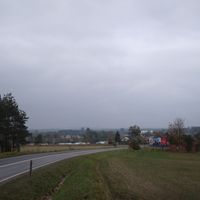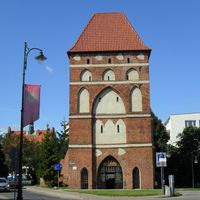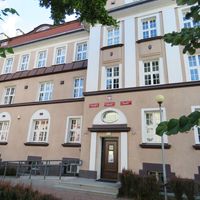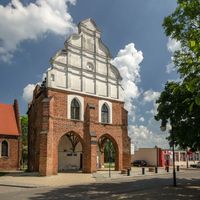Iława Lakeland
6.82
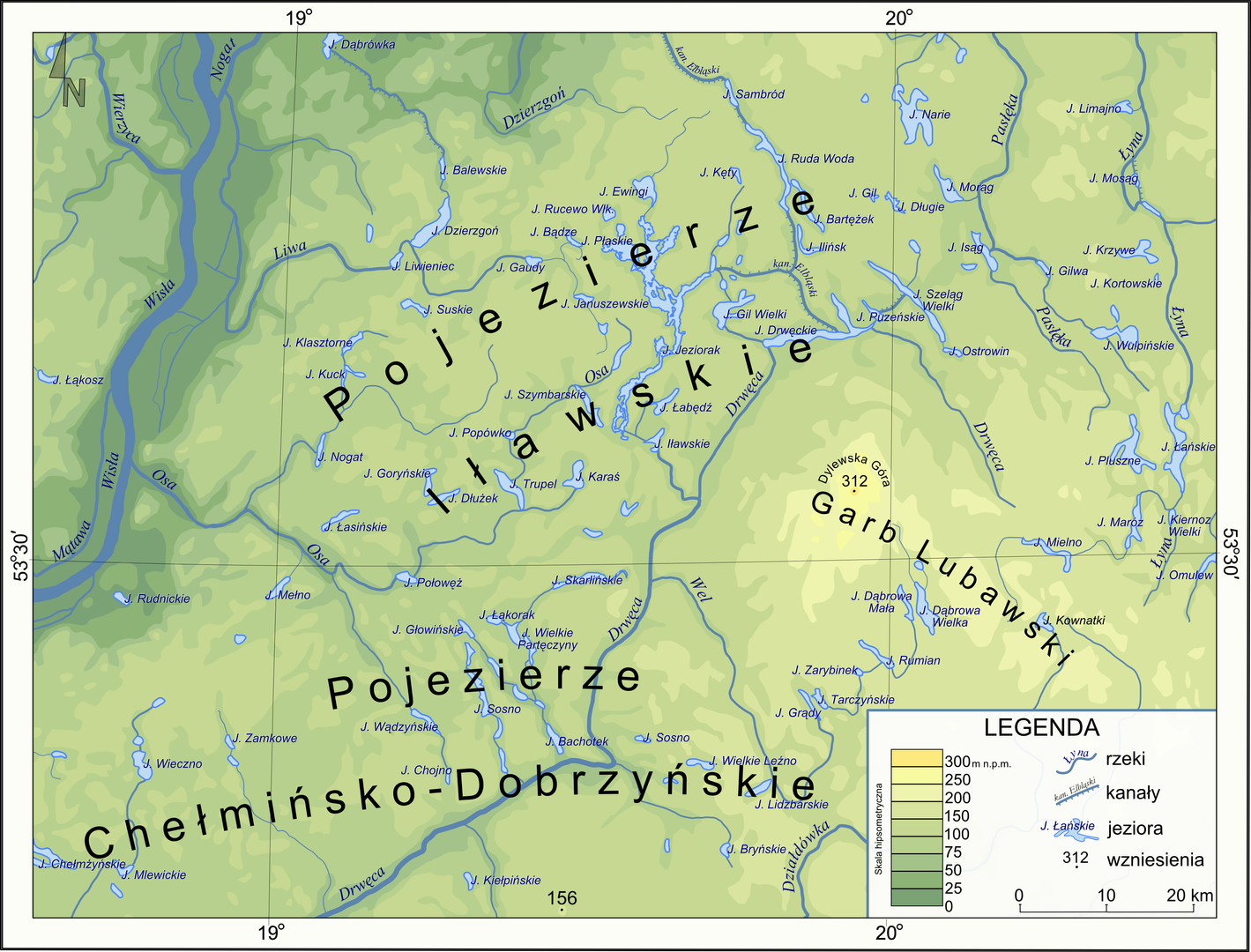
Overview
The Iławskie Lake District is a geographical macroregion in northeastern Poland, situated between the Vistula, Osa, Drwęca, and Pasłęka rivers, covering an area of approximately 4,230 km². A characteristic feature of this area is its young glacial landscape, which includes numerous hills and lakes, along with a system of canals, including a unique system of inclined planes. The lake district is known for its developed water tourism and agriculture. In the central part of the region lies the Iławskie Lake District Landscape Park, encompassing Lake Jeziorak and the surrounding Iławskie Forests. The park's headquarters is located in the village of Jerzwałd. Under the new physico-geographical regionalization, the Iławskie Lake District has been divided into three mesoregions: the Dzierzgoń-Morąg Lake District, the Łasin Lake District, and the Iława Plain. Often confused with the Western Masuria, the Iławskie Lake District together with the Lubawa Upland is promoted as a tourist region, although this name lacks solid geographical or historical foundations. Most of this area lies within the historical region of Upper Prussia, as evidenced, among other things, by the German name of the Elbląg Canal, which is one of the main tourist attractions of the region. The area boasts a rich cultural and historical heritage, making it an interesting place to visit and explore its unique natural and architectural values.
Location
Country
2025 Wizytor | All Rights Reserved



